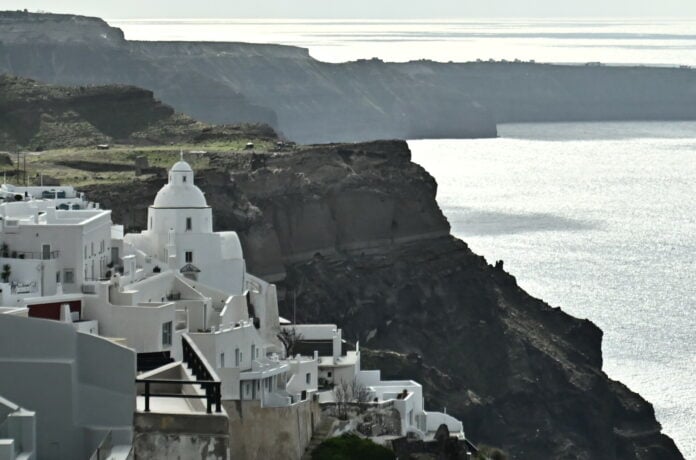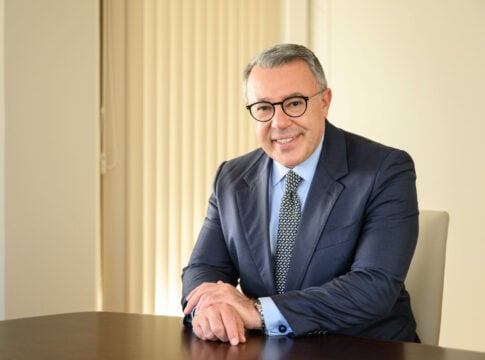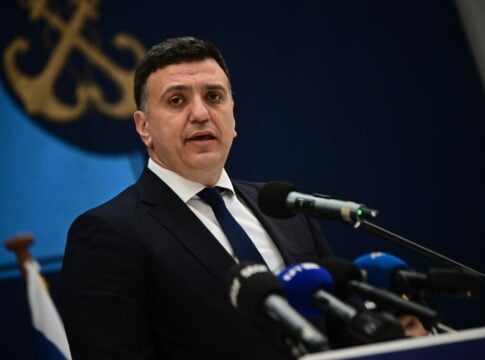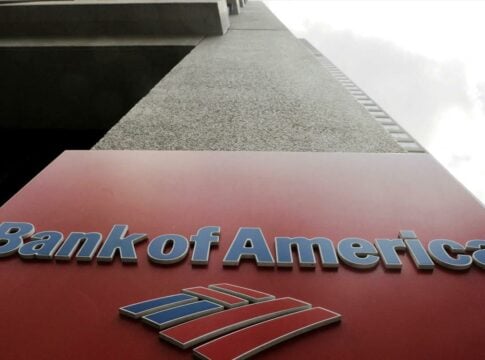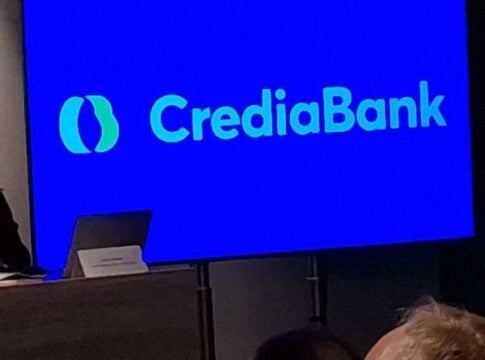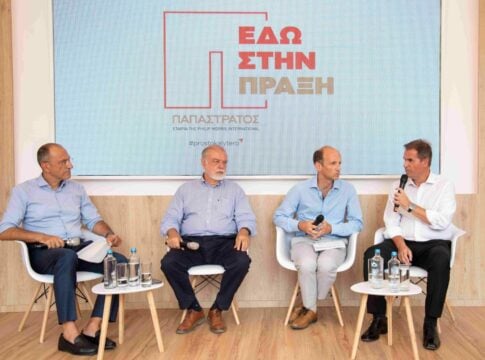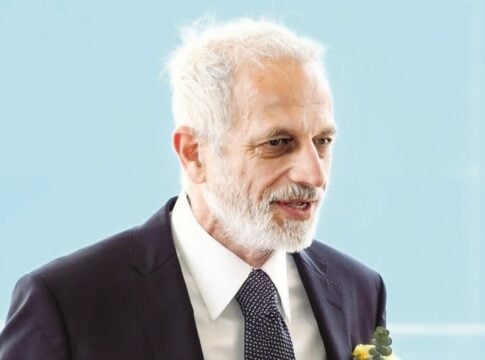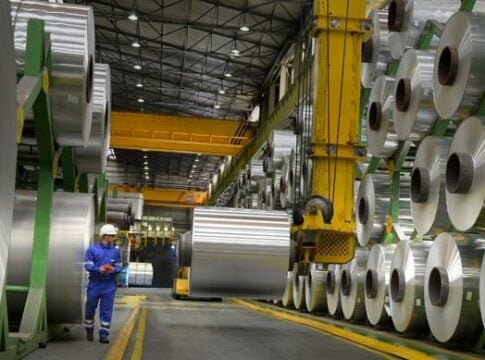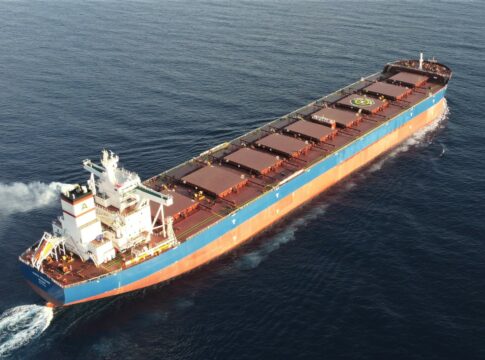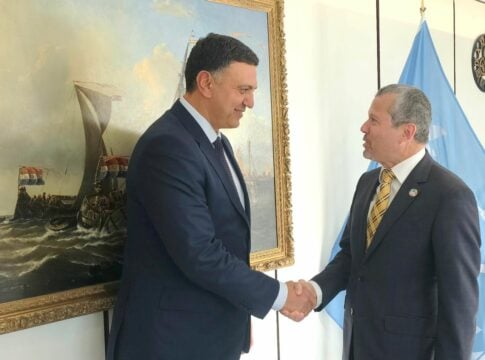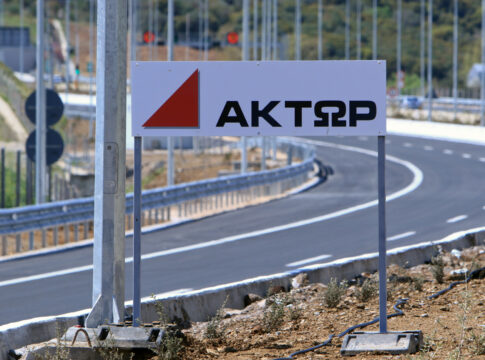“This is the moment when thorough inspections of all constructions should be carried out, and not only in Santorini,” Professor Costas Synolakis stressed during the briefing of the parliamentary committee on Environmental Protection regarding the seismic activity in the Cyclades.
“The inspections should not be carried out only in Santorini, but also in the neighboring islands, because if an earthquake occurs we do not know where the greatest accelerations will be,” he noted, commenting on reports of high residential density and illegal construction in Santorini.
Synolakis explained that there are 3 possible scenarios for the development of the phenomenon:
-The first scenario is “seismic activity to gradually decrease as it did in 2011-12 and nothing to happen. Obviously, this is the scenario that we all want to see.”
-The second scenario is “seismicity to lead to a larger main earthquake.” In this case, “in all probability there will be a tsunami and we will have to calculate what the impact will be.”
In 1956, the tsunami had not killed anyone in Greece because it was 06.00 in the morning and people were not outside. Imagine if it happens when people are on the beaches.
He warned, however, that as we have seen in many parts of the world, even in very small tsunamis, there are eddies that are created in ports and this will be a problem for navigation. [. . .] Let us hope that the emergency number ‘112’ will be used to provide a timely warning.
-The third scenario is the entry of magma, which will either lead to an eruption of the volcano, or to the creation of an underwater “volcanic cone.”


